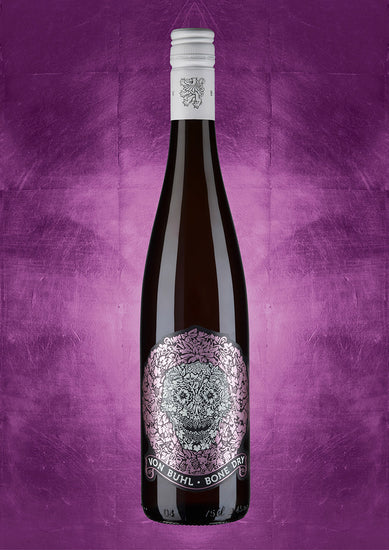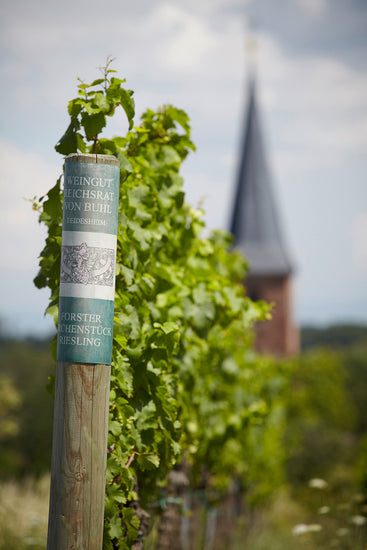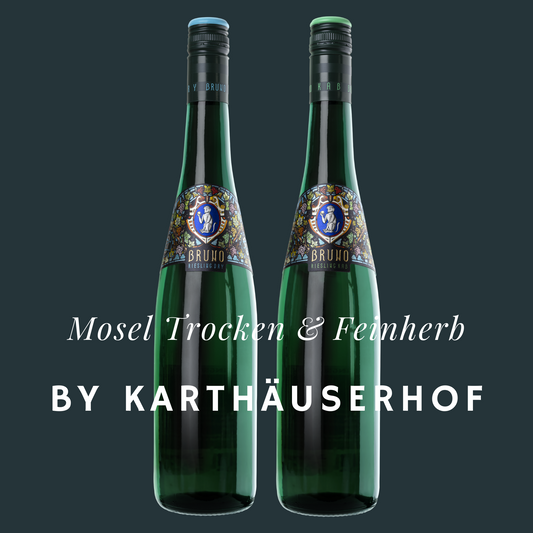WEINGUT REICHSRAT VON BUHL VON BUHL BONE DRY ROSE 2017
- Regular price
- 4,070 円(税込)
- Regular price
-
- Sale price
- 4,070 円(税込)
- Unit price
- per
ギフトラッピング・熨斗は、カート画面にて選択いただけます
Couldn't load pickup availability

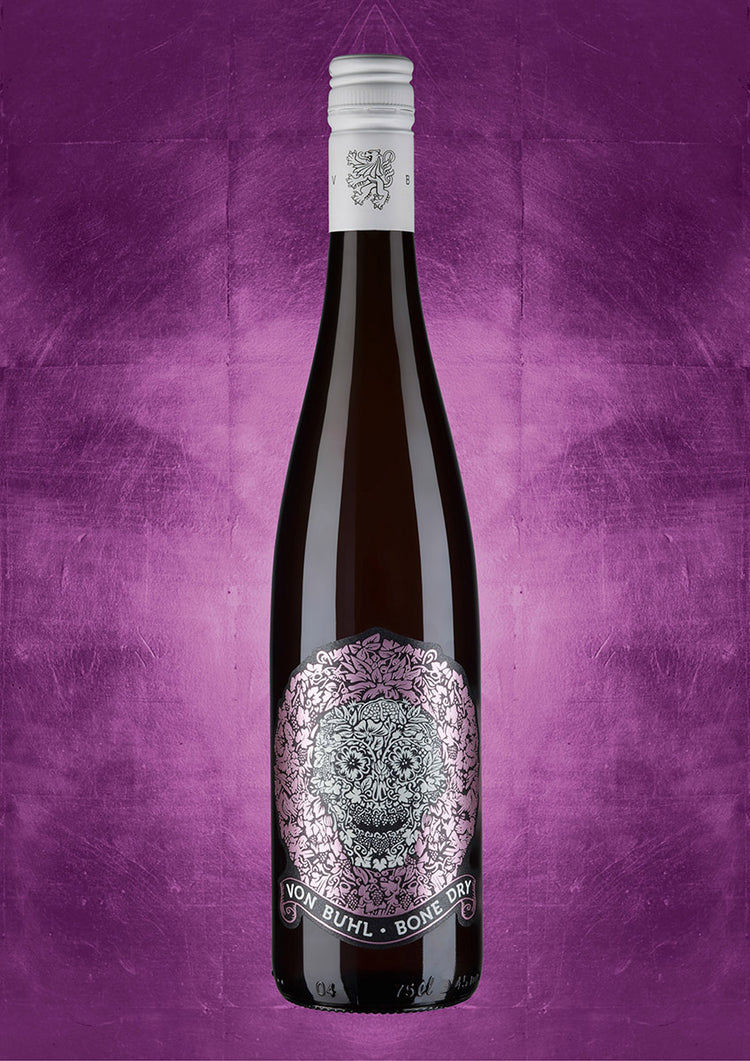
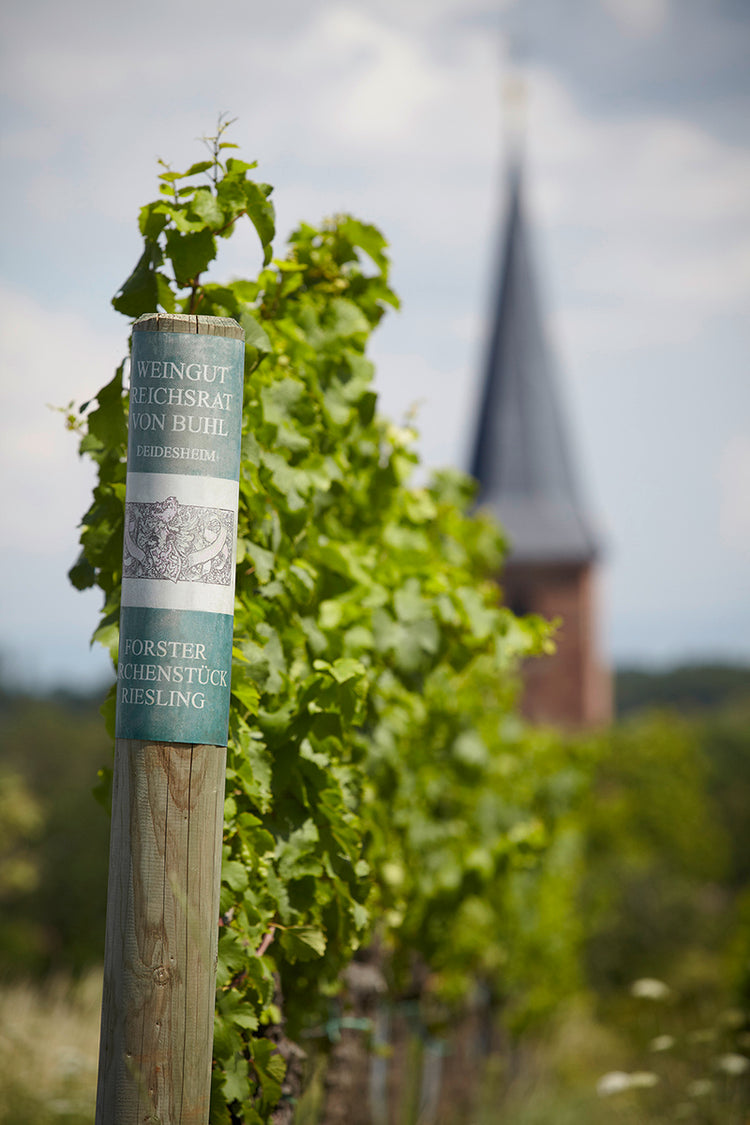
詳細情報

| Vintage | 2017 |
| Color/Type | Dry Rosé |
| Body | Medium |
| Style | Sustainable & Classic |
| Barrel | Stainless Steel |
| Country | Germany |
| Region | Diedesheimer / Pfalz |
| Grade/Grading | Weinmanufaktur Reichsrath von Buhl |
| Grape Variety | 100% Spatburgunder |
| Alcohol content | 12.5 |
| Volume | 750ml |
| Type of bottle | Screw cap |
| Serving Temperature | 7-8°C |
| Remarks |
About the wine.
A very dry rosé wine made from 100% Spatburgunder grapes. The skull on the label is a symbol of how dry this rosé wine is. The skull on the label symbolizes how dry this rosé wine is, a little spice to enjoy the "not so sweet" life. Aromas of red berries and a hint of herbs. Firm acidity and minerality. It is best served chilled at 7˚-8˚C, especially with tapas, salads and other appetizers.

Reichsrath von Buhl is known for its dry wines.
About the winery.
Reichsrath von Buhl was founded by Franz Peter Buhl in 1849. Mendelssohn once visited the winery and was amazed at the quality of the wines they produced. In a letter to a friend, he wrote, "But if you had never been to Reichsrath von Buhl, you would not know what a 'forest Riesling' is. But if you have never been to Reichsrath von Buhl, you have no idea what a "forest Riesling" is.
Von Buhl's wines have since become some of the most expensive in the world, and at the official opening of the Suez Canal in 1869, a glass of Von Buhl's Riesling wine was used to raise the toast. German Chancellor Otto von Bismarck was also a big fan of Bourg wines. As a result, Reichsrath von Buhl has always owned the best plot of land in Ungerheuer, a 29-hectare Grand Cru vineyard.

The nature of the Pfalz nurtures high quality Riesling and Spatburgunder.
For more than 150 years, Reichsrath von Buhl has been part of the circle of Germany's most prestigious family-run wineries, and since its founding in 1849, Reichsrath von Buhl has been producing wines in a timeless, terroir-driven style. It is not influenced by trends and always respects the origins of the grapes in the best soils of Diedesheimer and Forster. Reichsrath von Buhl is certified organically grown and combines natural and sustainable viticulture with the best German wines.

Winemaker Matthew Kaufmann (right) joined the team in the 2013 vintage.
The Pfalz is a narrow strip of land, only 9 miles (15 km) wide, set in a peaceful landscape of budding vineyards, fertile orchards, and picturesque wooded villages. It is Germany's second largest wine-growing region in terms of area under cultivation, second only to its neighbor to the north, Rheinhessen. The Pfalz extends 85 km south to the French border, where it shares a border with the French wine-growing region of Alsace. To the west, the region is protected from the cold winds and heavy rains by the highlands of the Pfalzwald, while to the east it is bordered by the lowlands of the Rhine. It is a beautiful and tranquil place to enjoy the scenery, with a vine to human ratio of 600:1.
The Pfalz has almost perfect conditions for viticulture, with about 1,800 hours of sunshine per year, making it one of the warmest wine-growing regions in Germany. Summers are dry but not too hot, and winters are mild, creating a microclimate similar to that of the Mediterranean. The soils vary from sandstone, limestone, marl, loam, granite, and slate. In 2008, the Pfalz became the largest Riesling growing region in the world, with almost 5,500 hectares under cultivation.

A variety of different terroirs can be found within the Pfalz
The Pfalz has a long and tumultuous viticultural history. First, traces of winemaking were found in Celtic tombs around 550 BC. After the Celts, the Romans encouraged winemaking, but after they left the region, winemaking was completely abandoned and the vineyards lay dormant until the 7th century when Christian monasteries revived viticulture. In the
17th century, the plundering and pillaging armies of the Thirty Years' War devastated viticulture in the region, and in the 19th century, most of the Pfalz was hit by phylloxera, which decimated most of Europe's vines.
As a result, the Institute of Viticulture in Neustadt (Weinbauschule Neustadt) was established to conduct research and educate future viticulturists to this day. As a result, the region has some of the oldest vines in Germany. The nearly 400 year old vines still produce Traminer grapes.

Reichsrath von Buhl continues to lead the way in Pfalz winemaking
German wineの商品
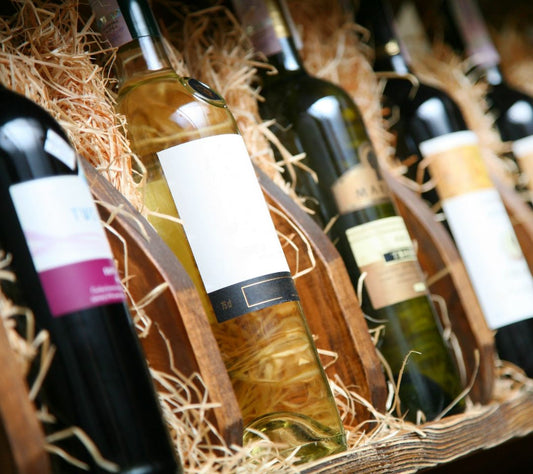
OINOS's ENIGMA monthly wine subscription service!
Each month, OINOS will automatically deliver a rare wine carefully selected by OINOS.
The contents are ENIGMA!
You will have to wait until you receive it.
However, we will send you a combination of wines that will always be a better value than the actual price of your purchase!
We will take the liberty of sending you a type of wine that you might not normally choose on your own!
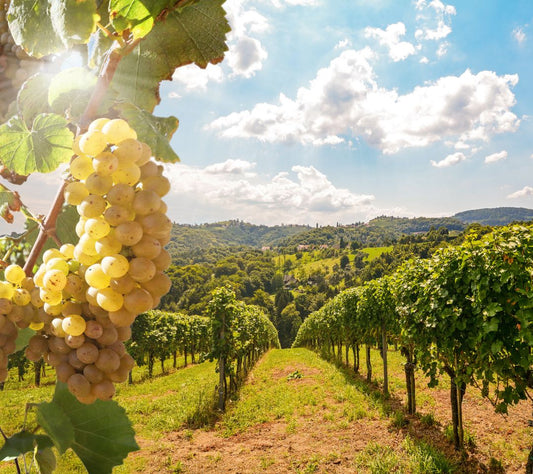
Our commitment to OINOS products
Whether it is a reliable product, an interesting product,
and whether the product is rooted and loved in the area....
We select our products with these considerations in mind.
We select products based on these important factors. We actually visit the site, talk with the creator, face to face, and select only what we think is authenticーー
I think this is much more interesting than chasing temporary fads.
- G.Anastasios -
At OINOS, our representative, who has visited more than 200 production areas, selects only products based on a variety of factors, including the taste of the product, the reliability of the producer, and unique characteristics.


